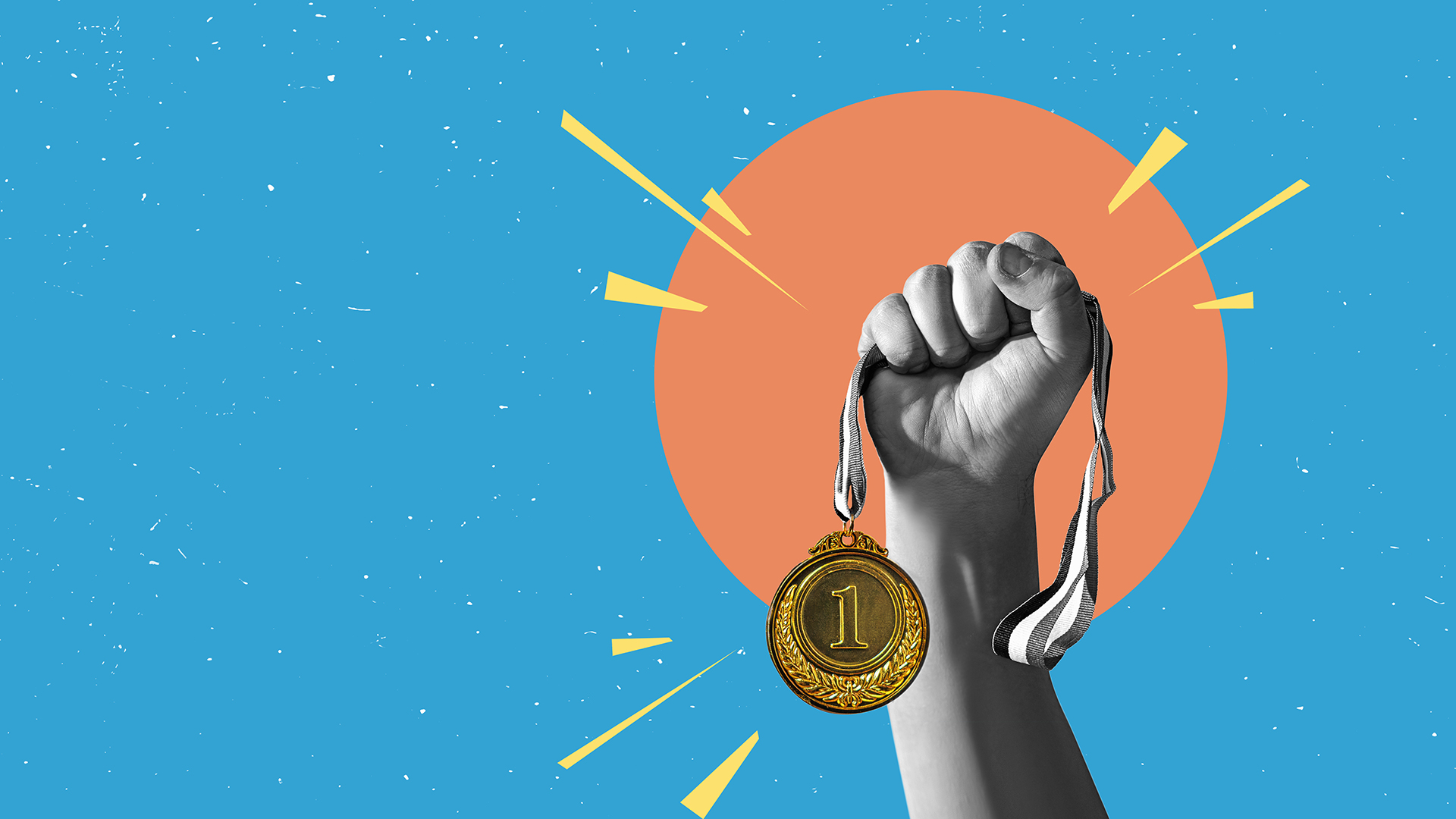
With the 2024 Summer Olympics underway, it’s a race for the medal count lead. And much like the world’s best athletes, brands hope to strike gold with their endorsement deals.
Despite record-low ratings during the previous two Olympic Games, prominent brands, such as Visa, Omega and Coca-Cola, still covet the games as a marketing channel, and for good reason—it possesses nearly unparalleled global reach, compelling storylines and enticing multi-platform campaign opportunities.
These summer games, in particular, mark the first post-COVID games without any crowd restrictions since 2016 and are expected to deliver nearly $1.3 billion in sponsorship revenue for Paris 2024 organizers, according to CNN.
The games, historically, are also a financial boon for household Olympic names. U.S. gymnast and four-time Olympic gold medalist Simone Biles has parlayed her success into a return of $8.5 million in endorsement deals in 2023 alone, working with brands such as Athleta, Powerade and Wheaties. U.S.A. Swimming’s Katie Ledecky, a 10-time Olympic medalist, holds a $7 million partnership with swimwear brand TYR, while Toyota, Speedo and Omega sponsor fellow U.S. swimmer Caeleb Dressel.
In the leadup to Paris 2024, companies unveiled new advertisements and endorsements, including Nike, whose "Winning Isn't for Everyone" ad featured a lineup of athletes, such as basketball star LeBron James and U.S. track and field sprinter Sha'Carri Richardson. On the other hand, intimates and apparel brand Knix garnered attention with its campaign encouraging athletes to talk about their periods, led by Megan Rapinoe, a former Olympian and member of the U.S. Women’s National Soccer Team.
Mary Beth Furst, clinical professor of marketing at the University of Maryland’s Robert H. Smith School of Business, believes brands that demonstrate authentic connections between their athletes and products or services will ultimately find themselves on the top podium step among their peers.
“These campaigns have to be able to get the storytelling aspect right, including showing the struggles, the hard work and the little wins leading up to this moment,” says Furst. “Now, they’re on the biggest stage, and if those things tie in well with a brand, then the payoff will be greater resonance with target audiences.”
One potential pitfall brands should avoid in these campaigns is setting expectations that the athlete will bring home the gold medal, Furst says. So much of the Olympics goes beyond the “black and white” nature of success and failure, and the difference between winning and losing is sometimes determined by fractions of a second or point. Tying lofty expectations to an endorsement could result in the brand and the athlete setting themselves up for failure.
“Any appearance of creating that pressure could really backfire, especially for a Gen Z audience that is all about the individual’s rights, story and sense of accomplishment,” says Furst.
Furst also says it is essential to note the two-way essence of partnerships and their risks. Brands are selective in who they partner with and are subsequently tied to that individual, for better or worse. One notable example of the latter is U.S. swimmer Ryan Lochte, who was dropped by all four sponsors, including Speedo and Ralph Lauren, after exaggerating a story about being robbed during the 2016 Rio Olympic Games. Like brands, athletes should also do their due diligence in vetting brands before signing a deal, Furst says.
“Athletes should consider the potential synergy they might have with a specific brand: Does it stand for the same things they stand for? Has the brand been transparent about issues that are important to them? And does this deal align with their aesthetic?” says Furst.
Ultimately, the effectiveness of these sponsorship deals will be measured differently based on each brand’s goals. Of course, the primary success indicator for most brands will be whether it “made the cash register ring,” says Furst. However, there’s much more nuance at play that will determine which brands bring home the gold.
“Brands will have plenty of questions: Did we generate awareness? Did we resonate with consumers? Did consumers see themselves in the athlete we partnered with?” says Furst. “They’ll be looking at likes, impressions and hits, too, and all those things will build into that sales funnel.”
Media Contact
Greg Muraski
Media Relations Manager
301-405-5283
301-892-0973 Mobile
gmuraski@umd.edu
Get Smith Brain Trust Delivered To Your Inbox Every Week
Business moves fast in the 21st century. Stay one step ahead with bite-sized business insights from the Smith School's world-class faculty.